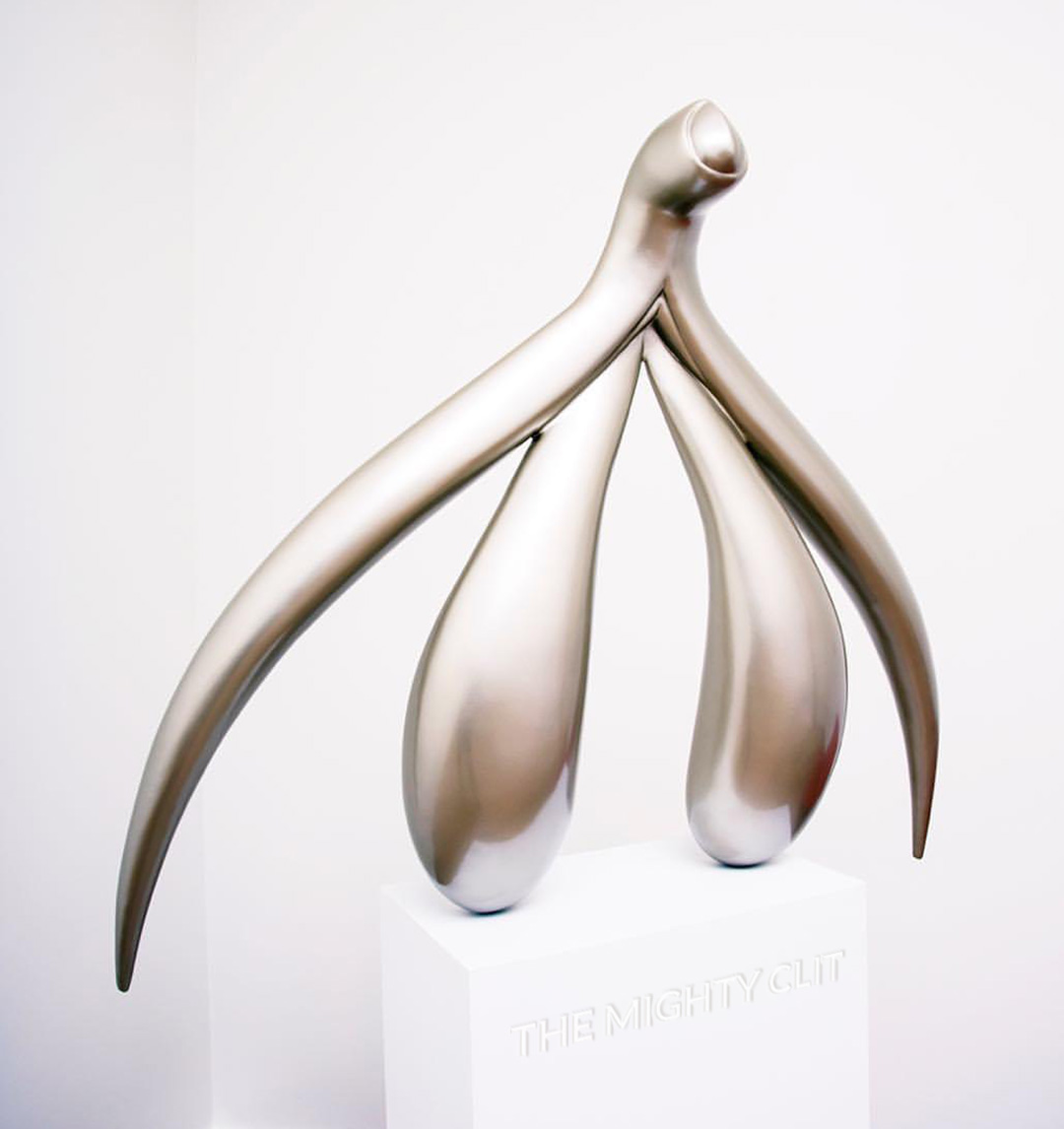It goes by many names. The clitoris. The clit. The pleasure button. Or even the little man in the boat. It doesn’t matter what you call it, the clitoris is one of the most sexually sensitive areas on any body. But it’s also shrouded in a veil of mystery and shame.
What many don’t realise is that the clitoris is not a button, nor is it a “little” anything. The clitoris is significantly larger than a first glance would suggest (up to 10 cm or four inches in length) and is more like a penis than it is different from one.
As a matter of fact, the clitoral structure is the female equivalent to the penis. It sits in the same position and is composed of the same erectile tissue. And it responds in much the same way when sexually aroused. As sex specialist Dr. Emily Nagoski likes to say, the clitoris and the penis are pretty much the same parts, just organised differently.
The anatomy of the clitoris
Let’s take a deeper look at the clitoris. The external part of the organ is not the whole clitoris. Instead, it’s the glans. It averages one-eighth the size of the penial glans (what you may call the head of the penis), yet it contains almost twice as many nerve endings, coming in with a whopping 8,000. Just as the penial glans is covered in a foreskin, the clitoral glans also has a foreskin, commonly referred to as the clitoral hood.
Beyond the clitoral glans, again, the part of the organ you see when looking between the legs, is the shaft. Yes, the clitoris has a shaft, similar to the shaft of a penis.
Both the penis and the clitoral shaft contain three chambers. Two of these chambers are the corpora cavernosa (corpus cavernosum when you’re discussing just one). The corpora cavernosa contain erectile tissue that can become engorged with blood and swell. In both sexes, the corpora cavernosa split into legs which reach deep into the body. In the clitoris, they extend behind the vulva, whilst in penises, they attach to the pelvic bone.
In the clitoris, the third chamber is called the bulbs of vestibule. These bulbs form at the clitoral glans, reach towards the vulva, split around the urethra and birth canal, and end near the anus. In the penis, it’s called the corpus spongiosum and includes the bulb of the penis. It consists of spongy tissue that surrounds the urethra.
So the whole of the clitoris starts at what you can see outside the body with what we traditionally call the clit, and reaches all the way to the bottom of the vulva, where it surrounds and hugs the vagina (or birth canal).
Clitoral functioning
As you can see, the clitoris and the penis are anatomically similar. But that’s not where the similarities end. The clitoris and the penis often function in comparable ways.
For instance, both structures become engorged with blood when aroused, causing them to swell and harden. It’s easy to see this erection in the penis, as it’s primarily outside the body, but with the clitoris, it’s a bit more difficult.
When stimulated, the clitoral glans also becomes erect, and, like the penis, the foreskin pulls back, exposing the tip. Also like the penis, the glans may darken in colour, turning deep red or even purple.
But it’s not just the glans that swell. Remember, much of the clitoral structure is made of erectile tissue. So the shaft swells, as do the corpora cavernosa and bulbs of vestibule. And while you can’t see the erection in the lower clitoris, you can see how it impacts the vulva. Specifically, as the bulbs of vestibule become erect, they cause the outer labia to swell and become puffy. The nether lips may also darken due to the increased blood supply within the vestibule bulbs.
Because the clitoral structure wraps around each side of the vaginal canal, it also impacts the vagina. The legs and bulbs of the clitoris, when erect, can offer firmness to the vagina as they hug the birth canal on both sides.
In addition, current research speculates that the G-spot, the hidden spot inside the vagina that changes shape and texture and can bring massive amounts of pleasure when stimulated, may result from indirect clitoral stimulation.
Clitoral pleasure
Due to its shape and size, the clitoris can receive pleasure in various ways. The most common, of course, is direct stimulation of the visible clitoral glans. You can accomplish this with a finger, vibrator, or partner’s tongue. Although all sorts of stimulation can feel good, including rubbing, tapping, grinding, clockwise circles on the glans’ tip are the most commonly reported method.
But the clitoris is much larger than the glans, and all of it can feel good when stimulated. So next time you engage in self-pleasure, consider touching the clitoris in different ways to see what kinds of pleasure it brings. Here are a few ways to try.
Stroke the clitoral shaft by gently pinching the hood between either the thumb and index finger or the index and middle fingers and move them up down, stroking it as you would a penis. This stroking may feel better if, before you start, you pull the hood back to allow more stimulation of the clitoral shaft. You can accomplish this by placing a hand above the clitoris on the pubic bone and pulling the skin towards your belly.
If you have a lover, they can massage the clitoris the same way by gently sucking on it through the hood.
You can pleasure the internal clitoris as well. Stimulate the bulbs of the vestibule through the vaginal lips by gently massaging or pulling on the outer labia. As with the clitoral shaft, they can also be orally stimulated by a lover gently sucking them.
There is no right or wrong way to stimulate the clitoris. Find what feels good for you and your pleasure parts by exploring and experimenting.



